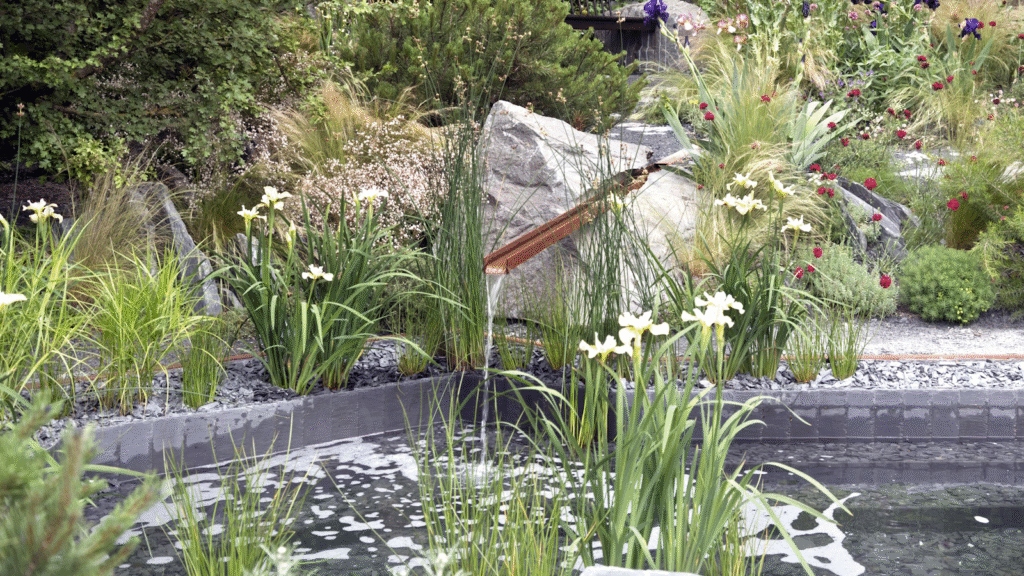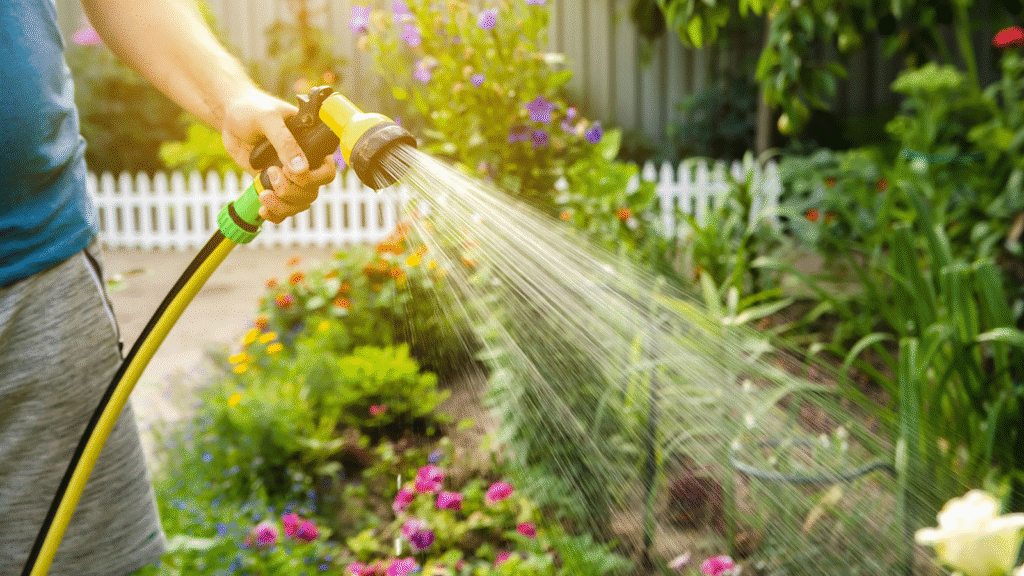
In 2025, water-conscious gardening has become more important than ever. With changing weather patterns, rising temperatures, and water scarcity issues around the world, more gardeners both beginners and experts are turning to smarter planting methods. One of the most effective and eco-friendly techniques is grouping plants based on their water needs. This method not only helps reduce water waste but also encourages healthy plant growth and simplifies garden maintenance.
Whether you’re tending to a home garden, balcony pots, or a large landscape, grouping plants with similar water needs is a practical and sustainable choice that benefits both your wallet and the environment.

Grouping plants by water needs means placing plants that require the same amount of water in the same area. For example, drought-tolerant plants like lavender and succulents should be placed together, while water-loving plants like ferns and canna lilies can be grouped in another part of the garden.
This technique is also called hydrozoning in landscaping, and it’s used by professionals to design low-maintenance, water-efficient gardens.
Water is becoming a precious resource. According to the UN, over 2 billion people live in water-stressed countries. As a result, governments and communities are encouraging citizens to adopt sustainable gardening methods. Grouping plants by water needs is a simple solution that aligns with this goal.
This method helps:
In addition, this approach helps in climate-resilient landscaping, making your garden more adaptive to weather extremes.
Plants are typically grouped into three main categories based on how much water they need:
Grouping plants effectively doesn’t require a big budget or a landscaping degree. Here’s a step-by-step guide for beginners:
Step 1: Know Your Plants
Before planting, research each plant’s water needs. Nursery tags and plant care guides are good resources.
Step 2: Divide Your Garden into Zones
Create three zones:
Step 3: Use Smart Irrigation Systems
Install drip irrigation or soaker hoses that can be adjusted for each group. Avoid sprinkler systems that water everything equally, regardless of need.
Step 4: Mulch and Shade
Use mulch to retain moisture and reduce evaporation. Shade high-water plants if your climate is hot.
Step 5: Monitor and Adjust
Check soil moisture and watch how your plants react. Adjust watering schedules based on seasons and plant growth stages.
Balcony Gardeners:
Group pots with similar watering schedules. Use trays to catch excess water and reuse it.
Urban Landscapes:
Install raised beds with dedicated drip lines for different plant zones.
Large Yards or Community Gardens:
Design pathways that separate zones, and use native plants that are adapted to local weather patterns.
Rooftop Gardens:
These often experience more wind and sun. Use drought-tolerant species and group them in corners protected from harsh elements.
Grouping plants by water needs has multiple benefits beyond conserving water:

As we move toward a more climate-conscious future, gardening practices must adapt too. Grouping plants by water needs is not just a gardening trend it’s a long-term solution that protects the environment while keeping your green spaces lush and thriving.
Whether you’re a city dweller with pots or a suburban homeowner with space to spare, adopting this simple but effective technique will bring results you can see and feel. A greener, healthier garden starts with smarter choices and grouping your plants is a great place to begin.
Read More:- Deyaar’s Latest Announcement Shakes Up the UAE Property Market
